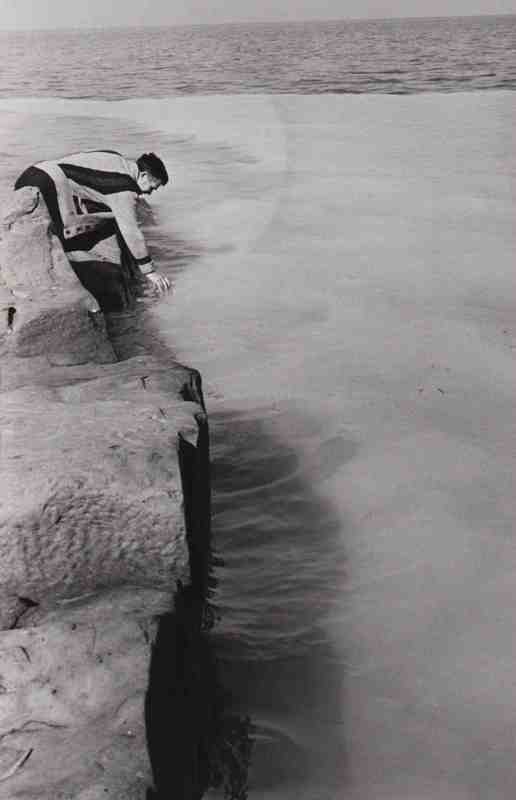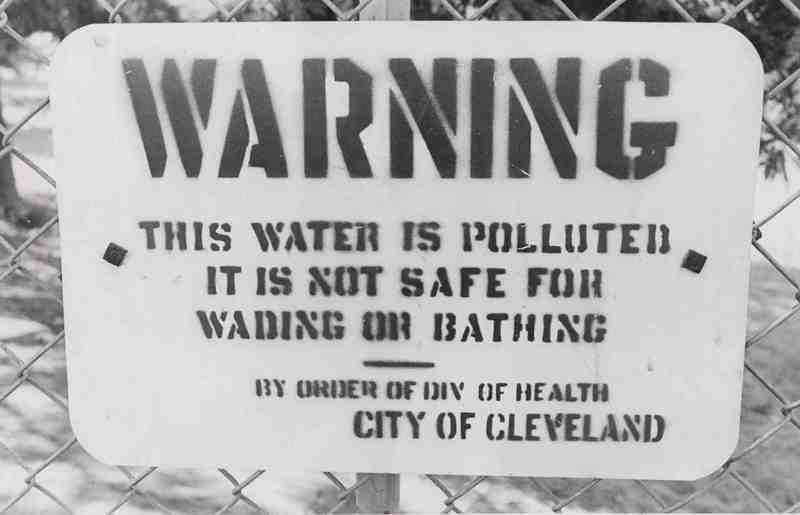
By the 1960s, Lake Erie had become extremely polluted, in part due to the heavy industry that lined its shores in Cleveland and other cities. Factories dumped pollutants into the lake and the waterways that flowed into it (like the Cuyahoga River) without much government oversight. Waste from city sewers made its way into the lake too, as did fertilizer and pesticides from agricultural runoff.
As a result of these pollutants, Lake Erie contained increased levels of phosphorus and nitrogen, which contributed to eutrophication - a process that encourages the development of algal blooms. Dead fish littered the shoreline as a lack of oxygen in the water led to massive fish kills. Episodes like this led to the coining of the phrase - more sensational than factual - "Lake Erie is dead," which started to appear in national publications in the late 1960s.
In 1969, the Cuyahoga River caught fire, bringing more negative national publicity to Cleveland and its polluted waterways. Even though pollution in Lake Erie was a regional problem, Cleveland bore the brunt of the negative publicity.
The burning river and the "dead" lake were major impetuses for the Federal government to step in and deal with water pollution in Cleveland and across the nation. In 1972, Congress passed the Clean Water Act, a measure that tightened regulations on industrial dumping. That same year, the United States and Canada signed the Great Lakes Water Quality Agreement in an attempt to lower the amount of pollutants entering the Great Lakes.
Locally, the city took steps to improve its sewer system and better monitor water quality. Mayor Carl Stokes led the way, pledging to clean up Cleveland's waterways. He appeared before Congress (and his brother, United States Representative Louis Stokes) in 1970 to discuss the issue and seek federal aid. Carl's involvement brought significant media attention to the problem and contributed to the national movement against water pollution.
Video
Images






